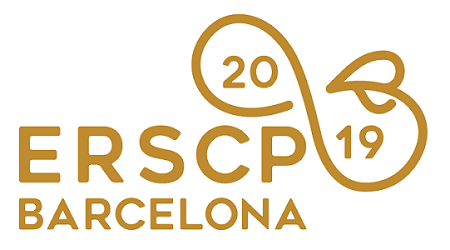Papers Proceedings »
Two experimental outcomes from solid waste of leather industry
Leather industry is an example of circular economy, using meat industry wastes (hides) as raw materials. However, it also produces a big amount of organic waste in the process of tanning. This paper presents an experimental study of several proposals to reuse the weekly tons of left-overs (both shavings and hair) issued by a tannery, as new resources, instead of taking them to the landfill. Three different types of solid wastes (chromium and vegetable tanned shavings and discarded hair) have been characterized and analysed to obtain biomass and acoustic panels for building industry. The calorific values of the discarded hair and the shavings have been analysed both in wet and dried samples. After testing the samples according to the Spanish Norm UNE-EN 141918:2011, the results showed that the calorific value obtained from the dried hair is higher than the standard values considered for general biomass, forestry biomass or even wood pellet. Thus, bearing in mind that the plant already has installed a cogeneration system, the daily discarded hair obtained in this tannery, after the processing of drying, would cover completely the gas consumption coming from the boiler installed for the heating demand of the industrial plant, and part of the consumption from the gas engines. Wet hair gives not interesting results. The second approach to the waste has been to look for new materials in building sector. After granulometry of both chromium and chromium-free leather shavings, different tests were done, with different additives: gypsum, glue, cement, cement plus latex, resin, cement plus sand and latex resin. The mechanic tests show not interesting results in terms of resistance to flexion or compression in gypsum composites. However, the results in terms of acoustic absorption are good, giving similar data as agglomerate cork of some carpets. The outcomes of the experimental research have been promising, as they open several paths to get the maximum use of leather solid waste.
